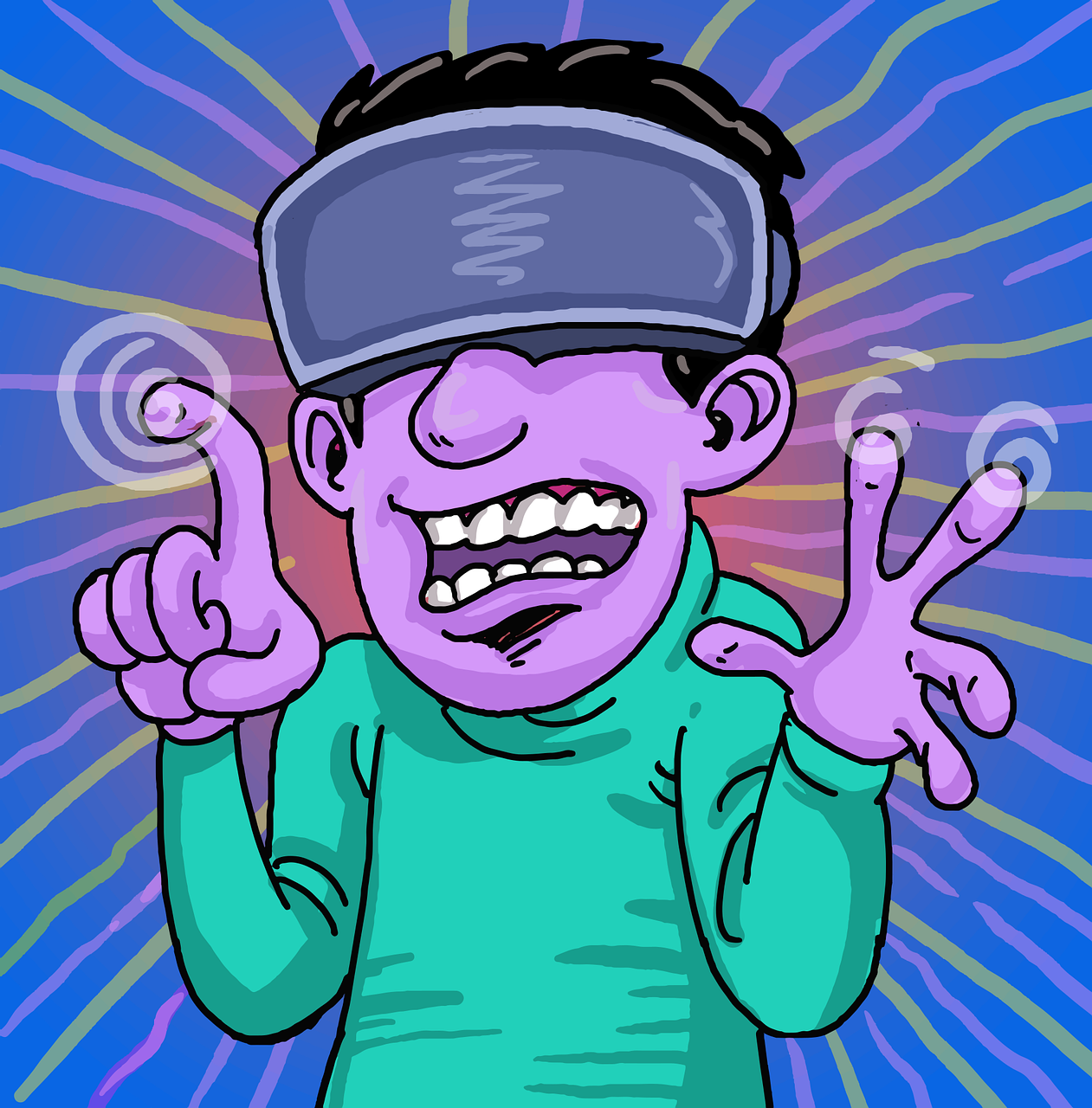When technology brings people together, it is at its best. The evolution of technology is centred on making it blend in so that you don’t notice it and it becomes a part of your daily routine.
According to Statista, worldwide digital transformation spending would grow by 20% annually to $1.8 trillion next year.
Generated AI, Autonomous Systems, Cloud Computing and the Internet of Things (IoT), Digital Banking, Electric Vehicles, and Smart Connectivity will all be at the forefront in the next 12 months. Newer technologies, such as blockchain and Web3, the third generation of the internet, are paving the way for us to have a strong online presence.
- Greater Bandwidth and Speedier Networks: For telcos such as Bharti Airtel and Reliance Jio, India has already approved the trial spectrum. Auctions for the 5G spectrum are likely to take place in the first part of this year. If all goes as planned, 5G networks will be available to the general public next year. In a nutshell, 5G means lower latency, which is the perception of speed by users. Enterprises will be able to employ new use cases, and smart city deployments will be possible, thanks to the next-generation networks.
- Edge Computing and Intelligent Cloud: 5G networks are strongly reliant on new use cases. In September 2021, for example, Airtel at its Manesar facility tested India’s first cloud-gaming session in a 5G environment. Cloud gaming is one of the “largest use cases” for 5G networks, according to the business. This tendency will aid the efficiency of products such as self-driving or autonomous vehicles.
- More interlinked devices that communicate with one another: More gadgets can link and act as one as data flows quicker and computational power comes from massive server farms using the cloud. According to a June estimate by Gartner, the IoT endpoint electronics and communications market would reach $21.3 billion in 2022, up 22 per cent from predictions for 2021.
Governments employing IoT for monitoring, businesses using connected devices for everything from banking to communication, and companies producing new goods are driving this trend. - AR+VR: Virtual Reality (VR) and Augmented Reality (AR) headsets have become all too common in recent years. In 2021, Facebook released Ray-Ban Stories, a pair of smart glasses that appear and feel almost identical to traditional spectacles developed in collaboration with eyewear manufacturer Ray-Ban. The goal of IT companies is to make these devices ubiquitous and achieve economies of scale by selling millions of them globally.
- The rise of the metaverse: 5G, cloud computing, IoT, and web3 are all components of a bigger vision that technologists and technology leaders are currently developing. This is referred to as the metaverse. Mark Zuckerberg, the CEO of Facebook, is so convinced that the metaverse is coming that he renamed his firm, which is one of the most valuable in the world, to Meta. In recent films such as Ready Player One, the subject has been explored. The metaverse is an idea, not a technology.
According to Zuckerberg and others, we will be able to do anything in a virtual area, including conducting meetings and organising parties, using highly realistic-looking avatars. Rather than buying on an e-commerce site, the avatar will enter a virtual store, try on a thing, and have the physical item delivered to our houses as well. - Quantum computing is the most transformative movement in technology, resulting in the creation of a completely new computer. It makes use of quantum physics concepts to increase the amount of computer power available to humanity. A quantum computer is still a long way off, but it might provide the kind of computational power required for the metaverse, according to Koduri.
The government set aside 8,000 crores in the 2020 Budget for developing quantum computing technology over the next five years. It has also released a Quantum Simulator, which enables academics to create quantum applications without the use of an actual computer.
It is predicted to make significant progress in a variety of fields, including pharmaceutical development, nuclear energy, materials science, renewable energy, climate change mitigation, sustainable agriculture, and others.
- The mainstreaming of Digital Finance: Cryptocurrencies and central bank-backed digital currencies (CBDCs) are examples of digital finance technologies that will promote financial inclusion and cross-border payments. The International Monetary Fund announced in October 2021 that it was looking into the risks and potential that digital currencies present.
As interest in cryptocurrencies and other online payment methods grows, central banks around the world are increasingly evaluating the potential of digital currencies.
- Interoperability of EV charging networks: Electric vehicles are rapidly gaining popularity as a result of government incentives and subsidies. However, charging remains a challenge because public EV charging networks typically lack interoperability, requiring multiple access methods, payment kinds, and accounts.
Tesla, the world’s largest electric vehicle manufacturer, has already begun to open its supercharger network, and other significant charging networks are anticipated to follow suit as the technology becomes more ubiquitous.
2022 promises to be a landmark year for developing technology, from edge computing to the rise of the metaverse.

One thought on “0”